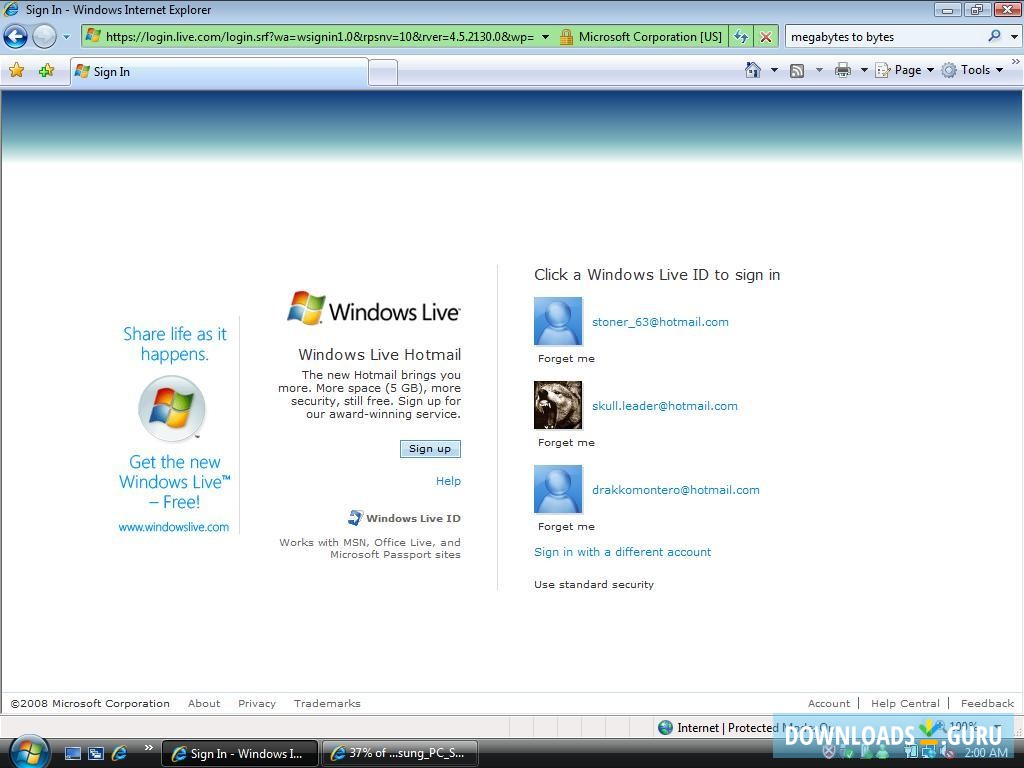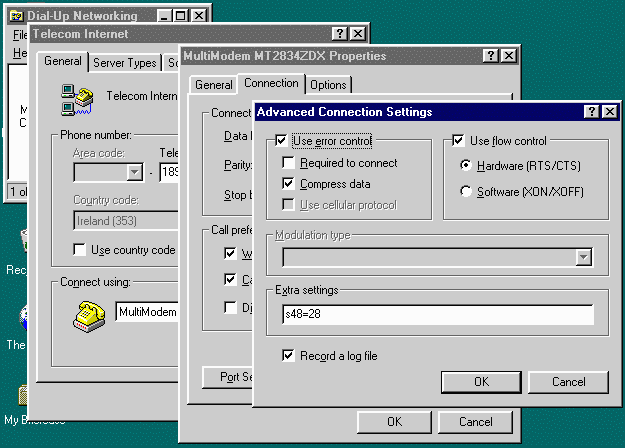

Locate and right-click the desired folder, then select Send to Desktop (create shortcut). Press + R and typeeventvwr.msc and pressEnter or clickOK.Also note that copying a shortcut onto a flash drive will not work if you want to bring a file with you, you'll need to navigate to the actual location of the file and copy it to the flash drive. If you delete a shortcut, it will not delete the actual folder or the files it contains. Note that creating a shortcut does not create a duplicate copy of the folder it's simply a way to access the folder more quickly. Change the Log path value to the location of the created folder and leave the log file name at the end of the path (for example, C:\EventLogs\System.evtx ). A shortcut will have a small arrow in the lower-left corner of the icon. Right-click the log name (for example, System) under Windows Logs in the left pane and select Properties. Instead of navigating to the file or folder each time you want to use it, you can simply double-click the shortcut to open it. If you have a file or folder you use frequently, you can save time by creating a shortcut on the desktop.
#Windows 7 copy log how to
In the next lesson, we'll talk about another important concept: how to find files on your computer that you can't easily locate.

You'll start to feel more comfortable as you continue using your computer. If working with files and folders feels a little tricky right now, don't worry! Like anything else, working with files and folders is largely a matter of practice. We'll talk more about these in our lesson on Keyboard Shortcuts in Windows. If prompted by User Account Control, click Yes to open the Registry Editor. In Windows 8, you can type regedit on the Start screen and select the regedit option in the search results. In the Start menu, either in the Run box or the Search box, type regedit and press Enter. Ctrl+A is an example of a keyboard shortcut. Windows 7 and earlier Click Start or press the Windows key.


 0 kommentar(er)
0 kommentar(er)
